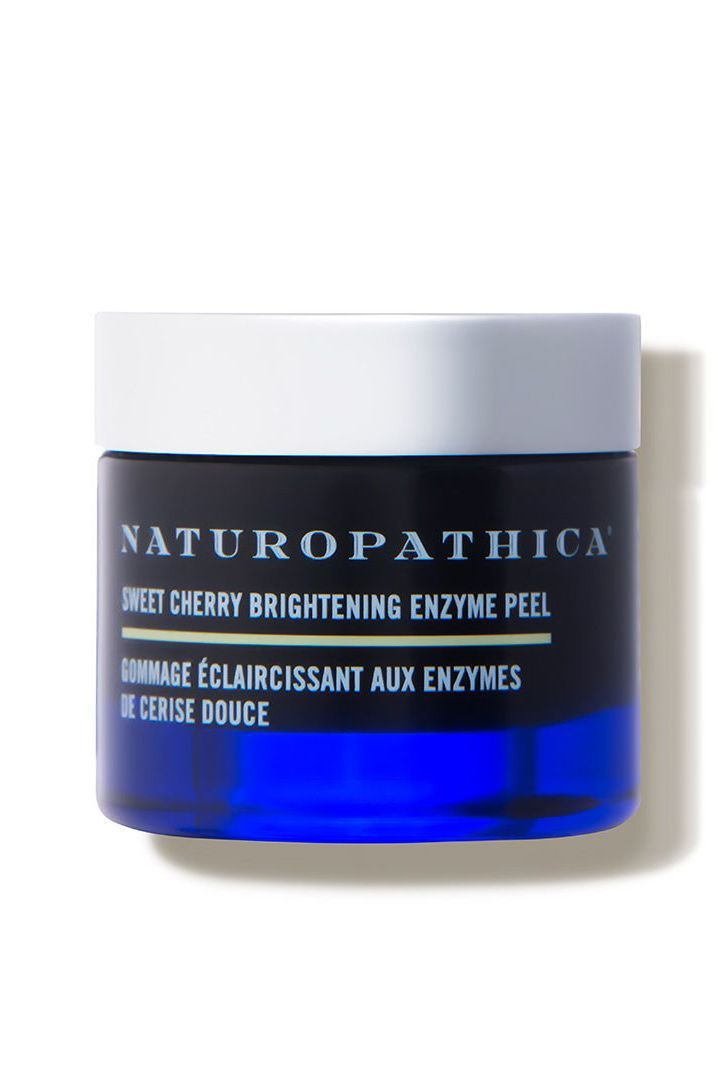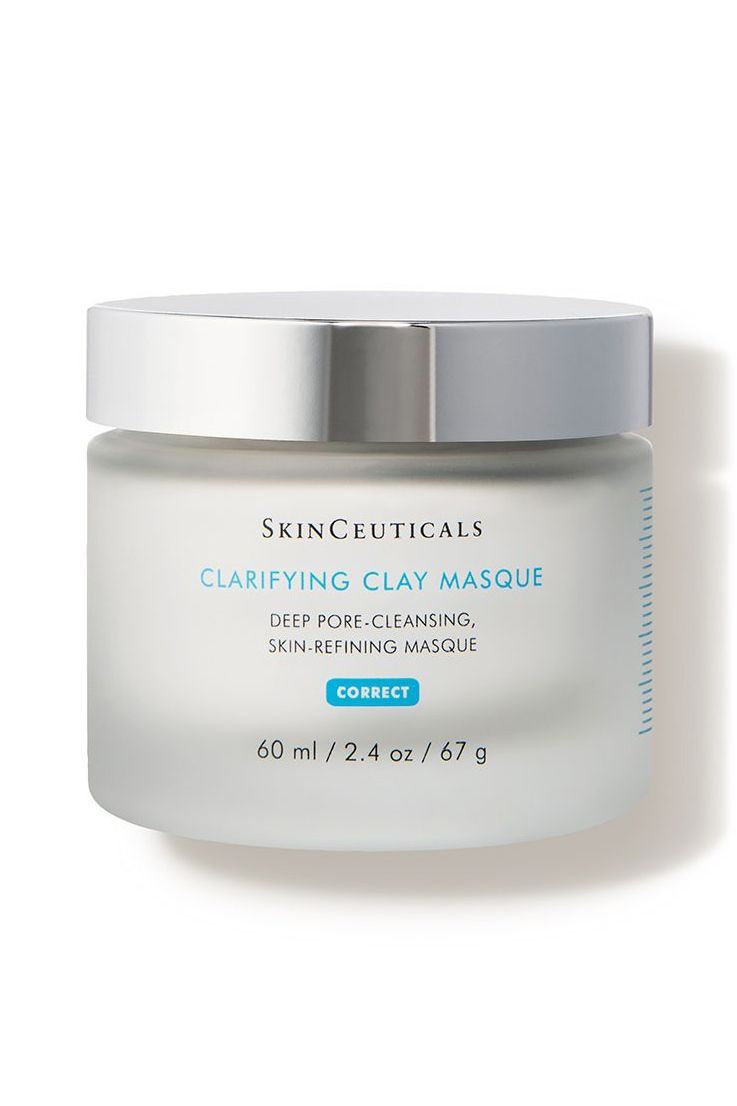Lactic Acid for Skin: A Beginner's Guide
If it's good enough for Cleopatra, it belongs on your shelf.

Sometimes, a powerful ingredient comes along and kicks all your other potions' ass right out of the medicine cabinet. Don't get me wrong—my bathroom still overfloweth with creams, lotions, and acids galore—but when I tried lactic acid, it quickly became a staple in my everyday routine. While I knew some of the science behind the increasingly popular ingredient, I was surprised by how compatible it was with my complexion. That's why I checked in with board-certified dermatologist Jennifer David of Pennsylvania Dermatology Partners to give me the rundown on what might be your skin's new saving grace.
Lactic acid is an alpha hydroxy acid, or AHA, so it's in the same family as other exfoliating MVPs like glycolic, citric, and mandelic acids. Part of the reason it's so compatible with the skin is because your body has already experienced it: it's produced naturally in the body, as well as during the fermentation process of turning milk into yogurt and cheese. It's not a new discovery: According to Dr. David, the ancient Egyptians—most notably Cleopatra—knew the benefits of lactic acid for the skin: they would bathe in sour milk as a beauty ritual, long before the science behind the practice was figured out. (Hey, if it's good enough for her, it's good enough for us.)
Now, it's touted as an effective exfoliant that helps break down dead skin cells and stimulate the skin's renewal process. But what makes it stand out from its acid sisters is that it actually hydrates the skin in two different ways while it buffs away the dead skin and impurities that leave your skin dull and prone to damage.
"It's a humectant, which means it draws moisture from the environment so it can be absorbed into the skin, and it's a component of the skin's natural moisturizing factor, a mixture of key components found naturally in the skin that attract water and promote hydration," says Dr. David. That's what makes it so effective for brightening and plumping even dry and mature skin, and even complexions effected by conditions like ichthyosis vulgaris and asteatotic eczema.
So no matter your skin type, lactic acid could be a major breakthrough if you're stuck in a skincare rut. Just keep in mind that the products below are best applied as your day is winding down. "Since lactic acid—and all other alpha hydroxy acids— can make the skin a little more sensitive to the sun, I typically recommend applying it at nighttime before bed, preferably immediately after showering when the pores are open and it can lock in the moisture in," says Dr David. She notes that if you do need to use it in the morning, you should make sure you to apply sunscreen after.

If you're a woman of color who's wary of in-office peels—Dr. David notes that you should find a derm you're confident has experience with deeper skin tones, as there is a potential risk for inducing inflammation and post inflammatory hyperpigmentation if it’s too strong —this glow-inducing at-home version is an excellent first option that'll give you major results.

If you've got lumps and bumps no loofah or body scrub seems to fix, gentle acids are your next course of action. The Salicylic and lactic acids in this body cream help chemically exfoliate rough skin away.
Get exclusive access to fashion and beauty trends, hot-off-the-press celebrity news, and more.
Taylore Glynn is a former beauty and wellness editor for Allure. Previously, she served as beauty and health editor at Marie Claire and Harper’s Bazaar, and her work has appeared in Refinery29, Town & Country, Compound Butter, and RealSelf. She holds a master's degree in English and Creative Writing from Monmouth University. If you need her, she’s probably at the movies, braising a chicken, or evening out her cat eyeliner.







